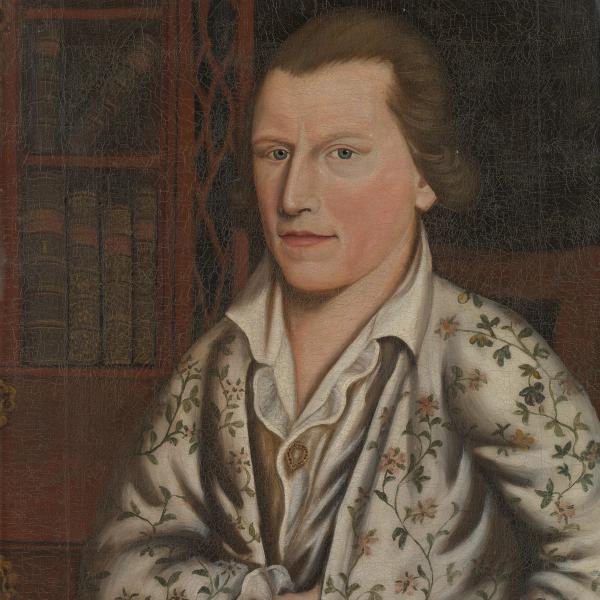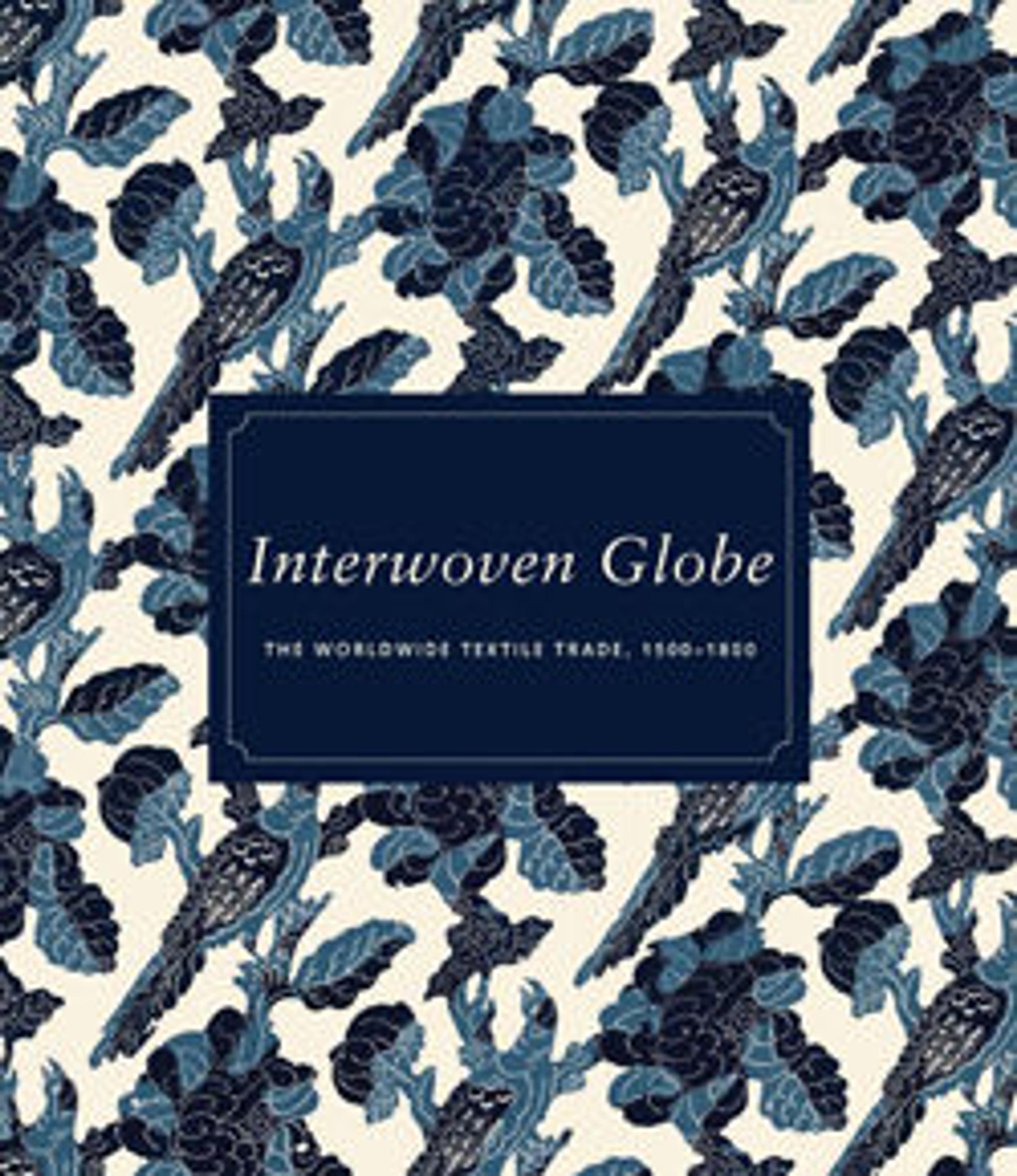Portrait of William Duguid
Duguid, a Scottish immigrant and textile importer based in Boston, is the subject of this portrait. In 1773 he sat for Prince Demah, a painter of African descent who was enslaved by the merchant Henry Barnes. Impressed with his artistic talent, Barnes took the young man to London for some brief training. Demah’s story is extraordinary—he is the only enslaved portraitist working in colonial America whose paintings are known to have survived. When the Loyalist Barnes family fled to England in 1775, the artist remained in Boston, identifying himself as "Prince Demah, limner" and a "free Negro." He enlisted in the Massachusetts militia in 1777 to fight against the British, but died of an unknown illness the following year.
Artwork Details
- Title: Portrait of William Duguid
- Artist: Prince Demah Barnes (American, ca. 1745–1778)
- Date: 1773
- Geography: Made in Boston, Massachusetts, United States
- Culture: American
- Medium: Oil on canvas
- Dimensions: Canvas: 20 3/4 × 15 3/4 × 1 1/8 in. (52.7 × 40 × 2.9 cm)
Framed: 22 1/2 × 17 1/2 × 1 1/2 in. (57.2 × 44.5 × 3.8 cm) - Credit Line: Friends of the American Wing Fund, 2010
- Object Number: 2010.105
- Curatorial Department: The American Wing
Audio

Episode 4: A Portrait
0:00
0:00
We're sorry, the transcript for this audio track is not available at this time. Please email info@metmuseum.org to request a transcript for this track.
More Artwork
Research Resources
The Met provides unparalleled resources for research and welcomes an international community of students and scholars. The Met's Open Access API is where creators and researchers can connect to the The Met collection. Open Access data and public domain images are available for unrestricted commercial and noncommercial use without permission or fee.
To request images under copyright and other restrictions, please use this Image Request form.
Feedback
We continue to research and examine historical and cultural context for objects in The Met collection. If you have comments or questions about this object record, please complete and submit this form. The Museum looks forward to receiving your comments.
